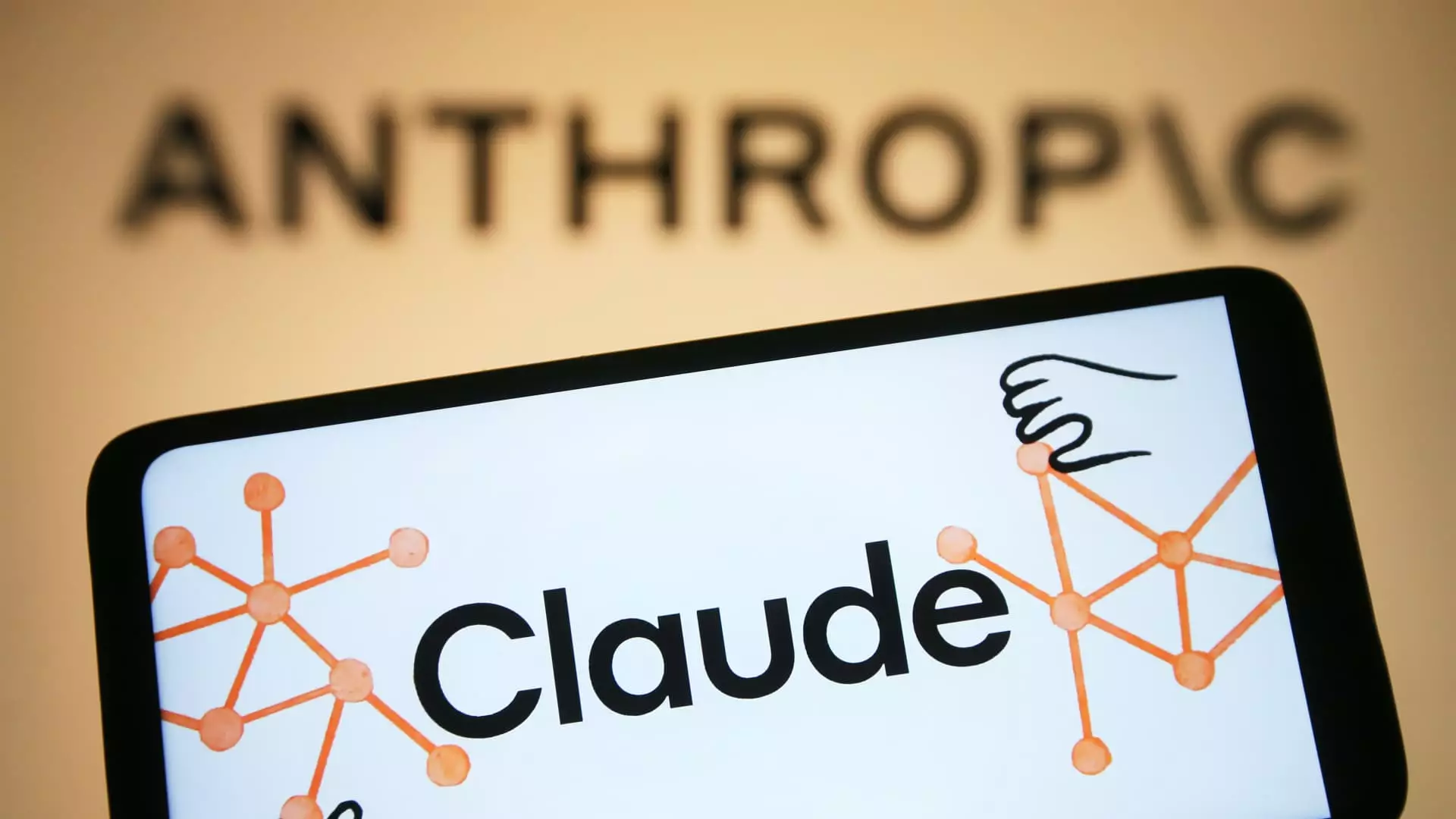The recent surge in artificial intelligence funding has painted a picture of unstoppable growth and innovation. Headlines boast about record-breaking investments, with companies like OpenAI and Anthropic leading the charge into what seems like an AI gold rush. However, beneath this shiny veneer lies a stark reality: the vast majority of this capital is flowing into a speculative bubble that threatens to burst, leaving both investors and the broader technological community in disillusionment. The narrative of continuous funding growth vastly overshadows the bleak truth of limited exits and diminishing returns, revealing an industry driven more by hype than sustainable innovation.
Heavy infusions of capital such as OpenAI’s $40 billion round or Meta’s $14.3 billion investment into Scale AI are often portrayed as milestones of progress. Yet, these colossal figures obscure the fact that actual market consolidation or profitable exits remain rare. What most observers overlook is that these investments are largely fueled by competition, speculation, and the desire to dominate the narrative rather than genuine technological breakthroughs. The illusion of a burgeoning ecosystem persists, but the reality is that the ecosystem’s foundational strength is questionable, as few companies manage to translate funding into successful, tangible outcomes.
The Discrepancy Between Funding and Market Exits
A critical, often ignored simmering concern is the poor track record of profitable exits. Despite an eye-popping $104 billion invested in AI startups in the first half of this year alone—a figure nearly matching the total funding for the entirety of 2024—the number of lucrative exits remains underwhelming. Venture capitalists are pouring money into applications with incremental improvements rather than revolutionary leaps. The recent trend showcases numerous smaller acquisitions and modest IPOs, but these often do little to validate the purported transformative power of AI.
The exception—CoreWeave’s IPO—stands out precisely because it defies this pattern. Its staggering 340% stock increase signals a temporary stampede driven by excitement rather than steady, sustainable growth. The core issue lies in the misalignment between rapid investment and sluggish return prospects. This disconnect is exacerbated by macroeconomic liquidity constraints, making bolt-on acquisitions more attractive than genuine technological breakthroughs. Companies are buying small startups to inflate their valuation, rather than developing in-house innovations or fostering long-term value.
The Catastrophic Bubble and Its Impending Collapse
While the hype persists, the underlying truth is that much of the current AI investment landscape is a bubble poised for a painful correction. The heavy focus on funding AI applications at small or incremental levels suggests a desperate scramble for market presence, rather than a stable foundation for future growth. The idea that future exits will blossom from this current boom is optimistic at best, wishful thinking at worst.
Beyond AI, other sectors such as fintech, crypto, and cloud software are experiencing sharp setbacks—reducing funding, risking stagnation, and exposing the fragility of the current tech investment climate. The stark contrast between these sectors and AI’s relentless funding binge highlights a broader issue: the artificial inflation of perceived value. If history serves as a guide, many of these high valuations will struggle to deliver real returns, leaving early backers with heavily depreciated assets and disillusioned investors.
The Real Cost of the AI Bubble and Who Pays for It
The accelerating flow of capital into AI not only enriches venture firms and big tech companies but also distorts the industry’s trajectory, fostering a climate of overvaluation and misplaced optimism. This unbalanced focus may divert resources from other critical areas like public infrastructure, healthcare, or environmental solutions—sectors that could provide genuine social value but receive comparatively less hype and funding.
Furthermore, overinvestment in AI applications that are only marginally better than existing solutions fuels a cycle of inflated expectations. When this bubble inevitably bursts, it will hurt not just investors but also the workforce, consumers, and the societal trust placed in technological progress. The current frenzy reinforces a disturbing pattern: short-term gains are prioritized over sustainable development, and the promise of ultimate disruption is often little more than smoke and mirrors.
In the end, what we are witnessing is not a technological revolution but a speculative gamble—one that could leave many stranded when the hype fades, and the true, long-term potential of AI is revealed to be more modest and nuanced than the exaggerated promises of today.


Leave a Reply